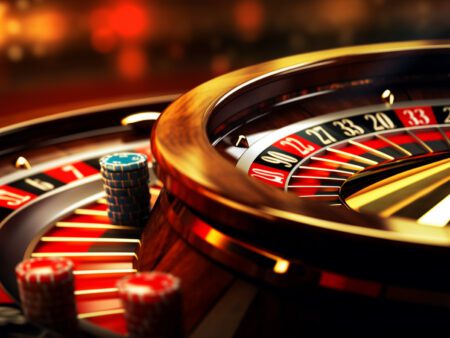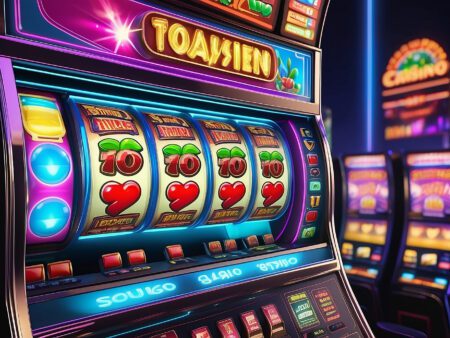Learn the strategies to win at blackjack by knowing when to hit, stand, or double down. Improve your chances of success with these expert tips!
Winning at Blackjack: Know When to Hit, Stand, or Double Down
Blackjack is one of the most popular casino games around the world, and for good reason. With a low house edge and the potential for skillful play, blackjack offers players the opportunity to win big. However, to maximize your chances of success, it’s essential to know when to hit, stand, or double down. In this article, we’ll explore the strategies and tactics that can help you make the right decisions at the blackjack table.
Understanding the Basics: Hit, Stand, and Double Down
Before diving into the strategies, let’s quickly recap the basic actions in blackjack.
- Hit: To request an additional card from the dealer.
- Stand: To decline any further cards and keep your current hand.
- Double Down: To double your initial bet and receive one last card before standing.
Now that we’re on the same page, let’s explore when to apply each of these actions to maximize your winning potential.
When to Hit
The decision to hit or stand is primarily based on the value of your hand and the dealer’s upcard. The general rule of thumb is to always hit if your hand’s value is below 12. Since the dealer must hit on any hand totaling 16 or less, hitting on lower-valued hands helps you avoid busting before the dealer has a chance to go over 21.
When your hand’s value is between 13 and 16, the decision becomes more critical. Here, you’ll need to consider the dealer’s upcard. If the dealer has a low upcard (2 to 6), it’s recommended to stand on any hand valued at 12 or above. However, if the dealer’s upcard is a 7 or higher, hitting becomes the more favorable option.
For hands valued at 17 or above, standing is typically the best choice. These hands have a relatively high chance of busting if you take another card.
When to Stand
Knowing when to stand is crucial in blackjack. As mentioned earlier, with hands valued at 17 or above, it’s generally best to stand to avoid the risk of busting. However, this decision becomes more complicated when your hand is closer to a soft 17 (a hand that contains an Ace) or when the dealer is showing a low upcard.
When facing a soft 17, it’s generally recommended to hit, as the Ace can be counted as both 1 and 11. This gives you the flexibility to improve your hand without fear of busting. However, if the dealer has a low upcard, typically 2 to 6, and your hand is a soft 18 or above, standing becomes the better option.
When to Double Down
Double down is a powerful move that can significantly increase your winnings when used correctly. It allows you to double your original bet and receive one final card. Knowing when to double down can be the difference between a good and a great blackjack player.
The general rule for doubling down is to do it when the dealer has a weak upcard, typically 2 to 6. This is because the dealer is more likely to bust with a weak upcard, giving you a higher chance of winning. Additionally, when your hand value is 9, 10, or 11, doubling down is often recommended, as these hand values have a good chance of improving with just one additional card.
However, it’s essential to consider your bankroll when deciding to double down. Doubling your bet means you’ll be risking more money, so it’s important to do it strategically and within your financial limits.
Conclusion
Mastering the art of blackjack requires understanding the optimal times to hit, stand, or double down. By following the strategies outlined in this article, you can improve your chances of winning at the blackjack table. Remember to combine these strategies with proper bankroll management and a disciplined approach to ensure a successful and enjoyable blackjack experience.










